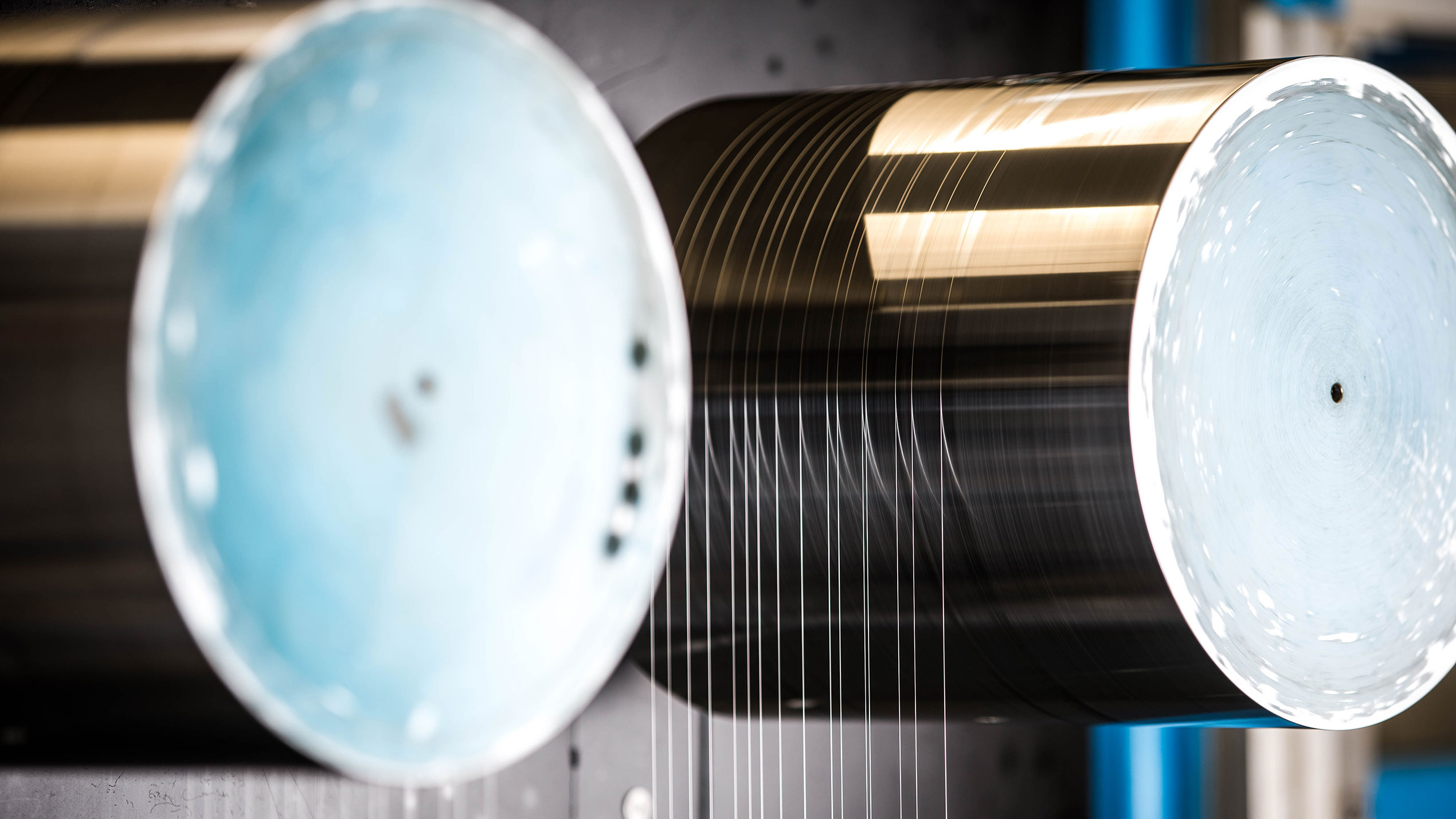
The fashion industry produces 92 million tons of textile waste per year – a woeful record. But there are several factors which can influence the environmental compatibility of textile products. The first of these is the fibre: the choice of feedstock determines what happens with the textile at the end of a product lifecycle. There is hope: biodegradable cellulosic fibres derived from textile waste take a significant step towards a circular economy. In its quarterly report "Global Apparel Markets", the company Textiles Intelligence highlights the opportunities that new technologies and materials present.
Interest in cellulosic fibres is booming. According to Textile Exchange, the demand for lyocell fibres alone will increase by an average 15 per cent per year from 2017 to 2022. Acetate, viscose, lyocell and modal: conventionally, the feedstock for making cellulosic fibres is wood pulp sourced from trees – an increasingly endangered natural resource. According to Canopy, a non-profit organisation based in Canada, around half of all cellulose fibres are made using raw materials derived from ancient or endangered forests. Waste textiles could offer a solution to this problem: To manufacture one ton of cellulosic fibre requires just one ton of cotton waste, instead of 2.5 to 3 tons of virgin wood fibre. Canopy estimates that recycling just 25 per cent of global cotton textile waste and 25 per cent of viscose textile waste could replace all virgin wood fibre used in the manufacture of wood pulp. This would address the industry's existing problem with waste and, because the fibres are biodegradable or serve as a basis for new fibres, also prevent a future problem.
A number of startups have developed methods to recover cellulose from textile waste for use in the manufacture of new cellulosic fibres. One newcomer is the Swedish startup Renewcell, whose investors include H&M Group and Kappahl. Renewcell has developed a dissolvable wood pulp called Circulose, which is made from textile waste and post-consumer garments made from cotton and cellulosic fibres. In January 2020, Renewcell showcased its innovative technology at Neonyt. In November 2020, the company announced its collaboration with the Denmark-based clothing company Bestseller with the aim of putting clothing products incorporating Circulose fibres on the market in 2021. As awareness of the innovative sustainable fibres grows, transparency will also become increasingly relevant. The Austrian fibre manufacturer Lenzing is a major player in the field of cellulosic fibres. The company has been extremely successful over the years with its ground-breaking environmentally friendly fibres and is currently rolling out a blockchain traceability technology in conjunction with its Tencel Lyocell fibres, Tencel Modal fibres and Lenzing EcoVero viscose fibres.
Cellulosic fibres made from textile waste not only present an opportunity for a more sustainable industry, but also encourage consumers to make more eco-friendly purchasing decisions and to consider what happens to their garments at the ends of their useful lives.
#Textiles Intelligence #Global Apparel Market #Cellulosic fibre #Report #Textile Exchange #Canopy #Yarns #Fibres #Renewcell #Lenzing #Neonyt #Textile waste #Circular economy #Recycling #Traceability
Find out more here:
Social media:
Photo: Michael M. Vogl, Lenzing AG ©